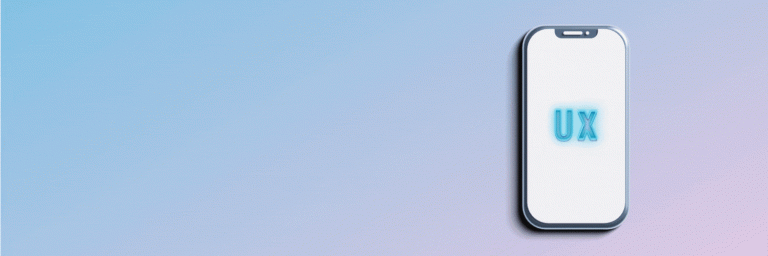
UX localisation: how to design a digital experience that crosses borders
There’s no doubt that you want users not only to click on your app or visit your website, but also to stay for
Our health app localisation services offer accurate and functional software localisation for companies looking to launch their health apps in a new global market.
One of the main benefits of health apps is that they increase patient engagement and allow patients to take control of their healthcare plans. But how can we increase patient engagement if the language barrier remains?
Health apps often contain complex medical terminology that can be challenging for patients to understand. Although many users might understand English, they may not feel comfortable with certain medical terminology in a foreign language.
Health app localisation gives everyone access to accurate information about their medical conditions, leading to better overall health outcomes while decreasing health disparities, especially in multicultural communities.









To create the best possible user experience for all your customers, the localisation of text strings is crucial. Our linguists have experience working with software strings and final translations will also be rigorously tested to ensure that the app runs smoothly in the target language.
Non-string content like numbers must be adapted to the local customs and standards, whether it’s the time, date or currency, so that people feel confident in using the app in their language.
People must be able to read and understand what the app is telling them about their health, meaning units of measurement for length, temperature, mass, and more must be correctly adapted.
Images, symbols and emojis can differ significantly in meaning and implication in different cultures. In addition to having linguists localise the text, we would also suggest consulting them to adapt these elements of your app and avoid any misunderstanding with your new audience.
Localisation of user interfaces
Particularly when it comes to health apps, which are meant to improve our well-being and health outcomes, a positive user experience is paramount to inspire customers’ confidence in your app’s content.
Localisation can go a long way to achieving this, but your own pre-release design of the app is also important. In order to create a product that lends itself well to health app localisation, the localisation process needs to start alongside the concept phase during the product development stage.
It requires a change of scope, by shifting localisation from a post-release perspective to a pre-release perspective. Fortunately, tools like Lokalise, Crowdin, Transifex and Phrase integrate with applications like Figma, allowing you to quickly test your designs’ compatibility with new languages/cultures and make seamless use of the translations during development.
Monitor health issues more consistently
Since both patients and doctors can better track numbers like heart rate or weight, they can make better-informed decisions regarding treatment or medication.
Empower patients by providing better access to medical information
When we have a better understanding of our own health and medical issues, we will be more engaged in trying to improve or resolve such problems.
Improve ease of access to doctors
Health apps with features like online chats or video consultations shorten the distance and time between the patient and the treatment they might need, meaning diseases can be caught and treated earlier.
Allow healthcare professionals to provide treatment more effectively
When doctors and nurses have immediate access to a patient’s health information, they can help them resolve their health issues quicker and can also monitor a patient’s well-being more regularly.
Remind patients to take medication or attend appointments
Apps like ScriptSave and WellRx help you find medications and send a reminder medication alert to your phone, making sure that you take care of your health.
In a highly regulated industry like medical technology, it comes as no surprise that administrative bodies in both the US and Europe have regulations that medical mobile apps must follow.
For example, apps must make it very clear whether they are a medical platform or simply a well-being app, as the former would mean adhering to guidelines regarding the dissemination of medical information.
When it comes to health app localisation, certain regulations mean it is required to translate materials when entering a new market. European CE Marking standards require all relevant content within medical apps and their supporting documentation to be translated for all members of the EU, EFTA and EEA.
Increased access to medical and health information through health app localisation services is especially helpful for those who live in multilingual communities or remote areas.
With access to these apps in their own language, they can book appointments, attend consultations and find medicine, reducing health disparities and poor health outcomes due to language and communication barriers.
Ultimately, localised health apps mean that all patients can get an answer to a health concern that they might have, and doctors can more accurately and rapidly identify an issue. When the language barrier is broken down, patients can engage more with their own health and doctors can provide better care for them.
Let's talk about your next project

There’s no doubt that you want users not only to click on your app or visit your website, but also to stay for

You’ve spent countless hours and unending effort creating a great user experience – and then you need to loc
© 2025 Sandberg Translation Partners Ltd. All rights reserved.
Company registration number: 4120504 VAT: GB619951996